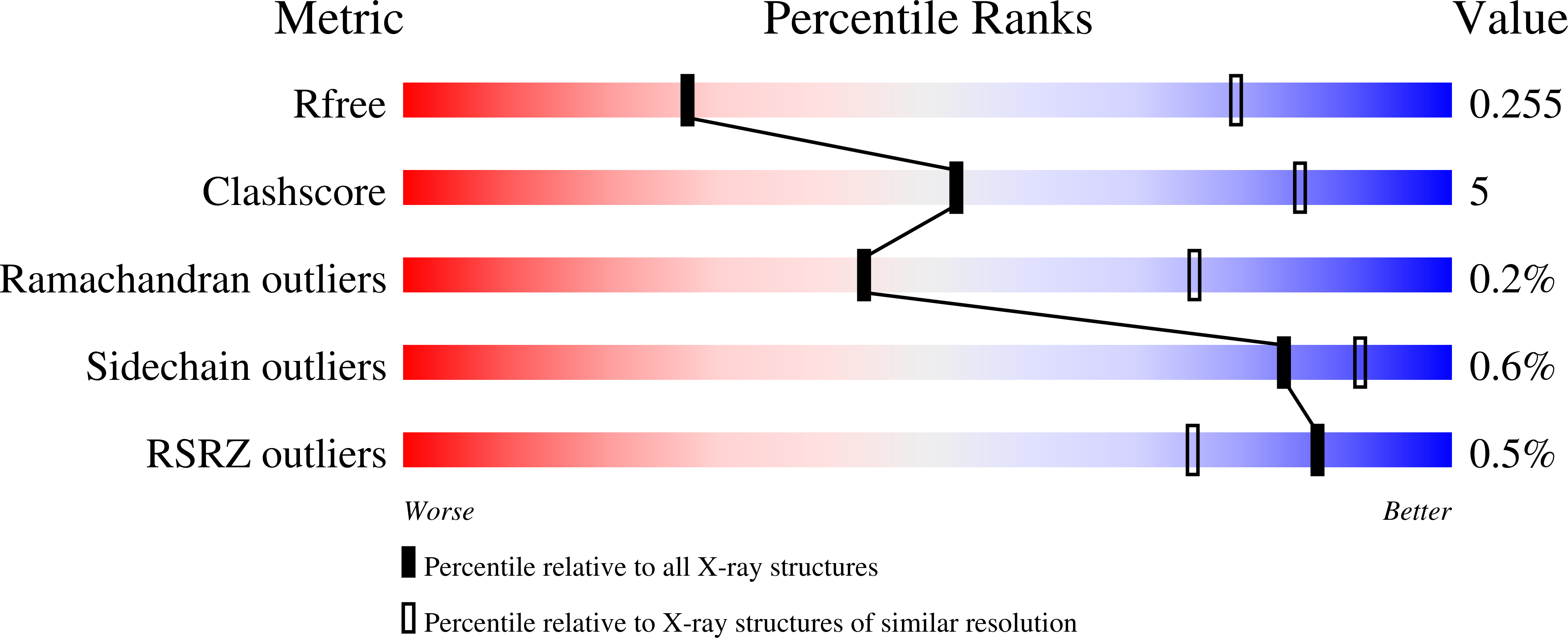
Deposition Date
2024-08-30
Release Date
2025-04-30
Last Version Date
2025-06-11
Method Details:
Experimental Method:
Resolution:
3.50 Å
R-Value Free:
0.24
R-Value Work:
0.19
R-Value Observed:
0.20
Space Group:
P 41 21 2


